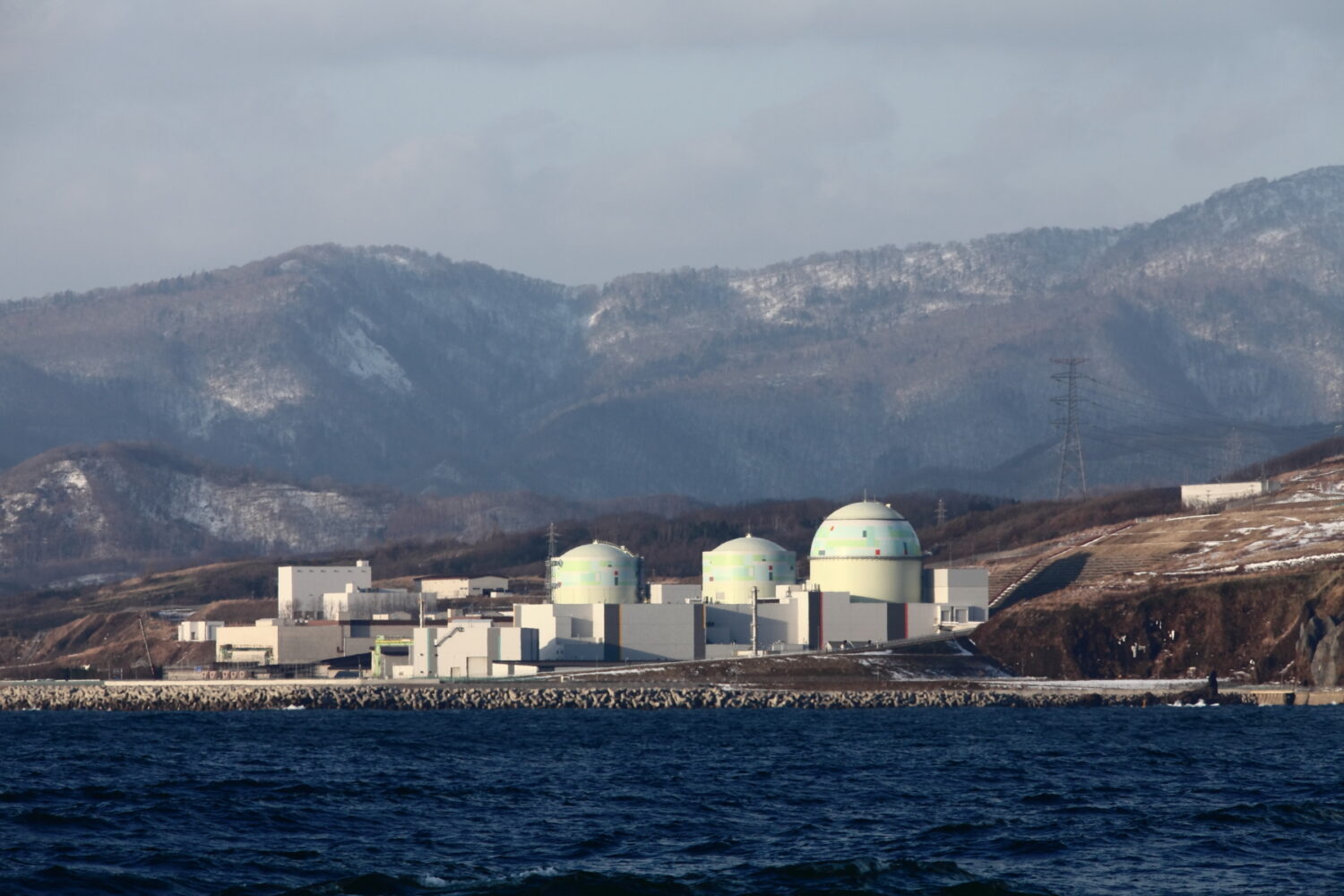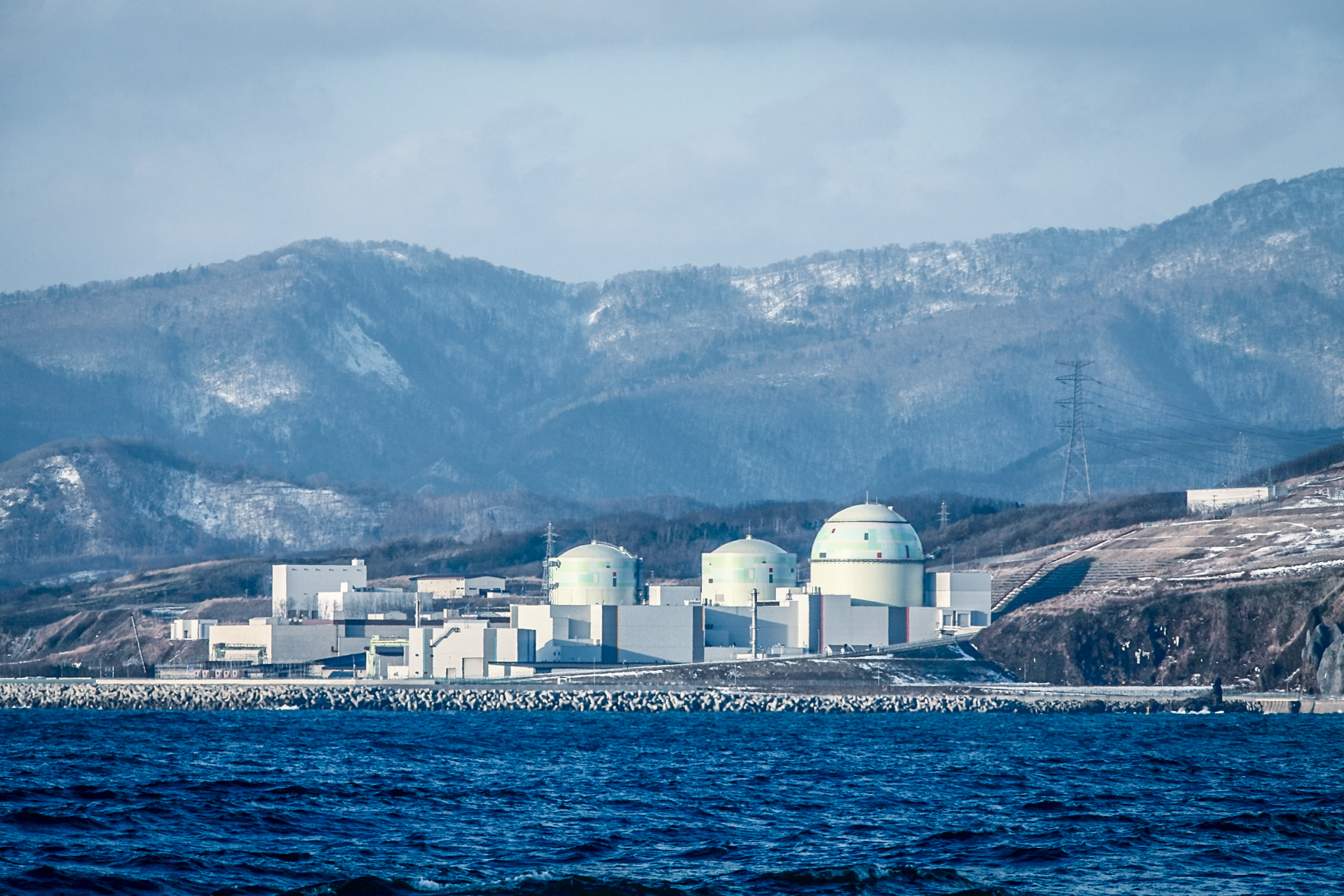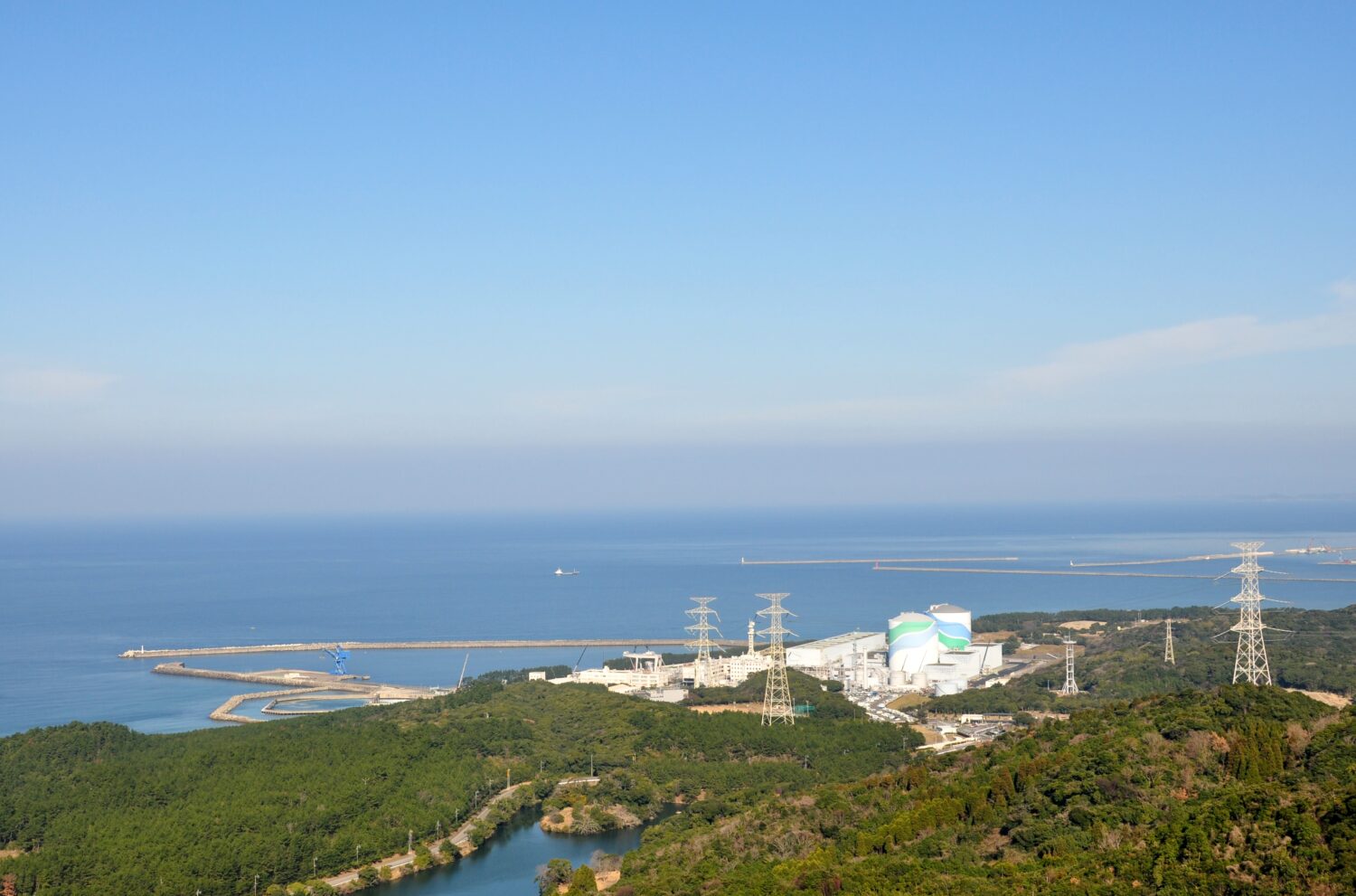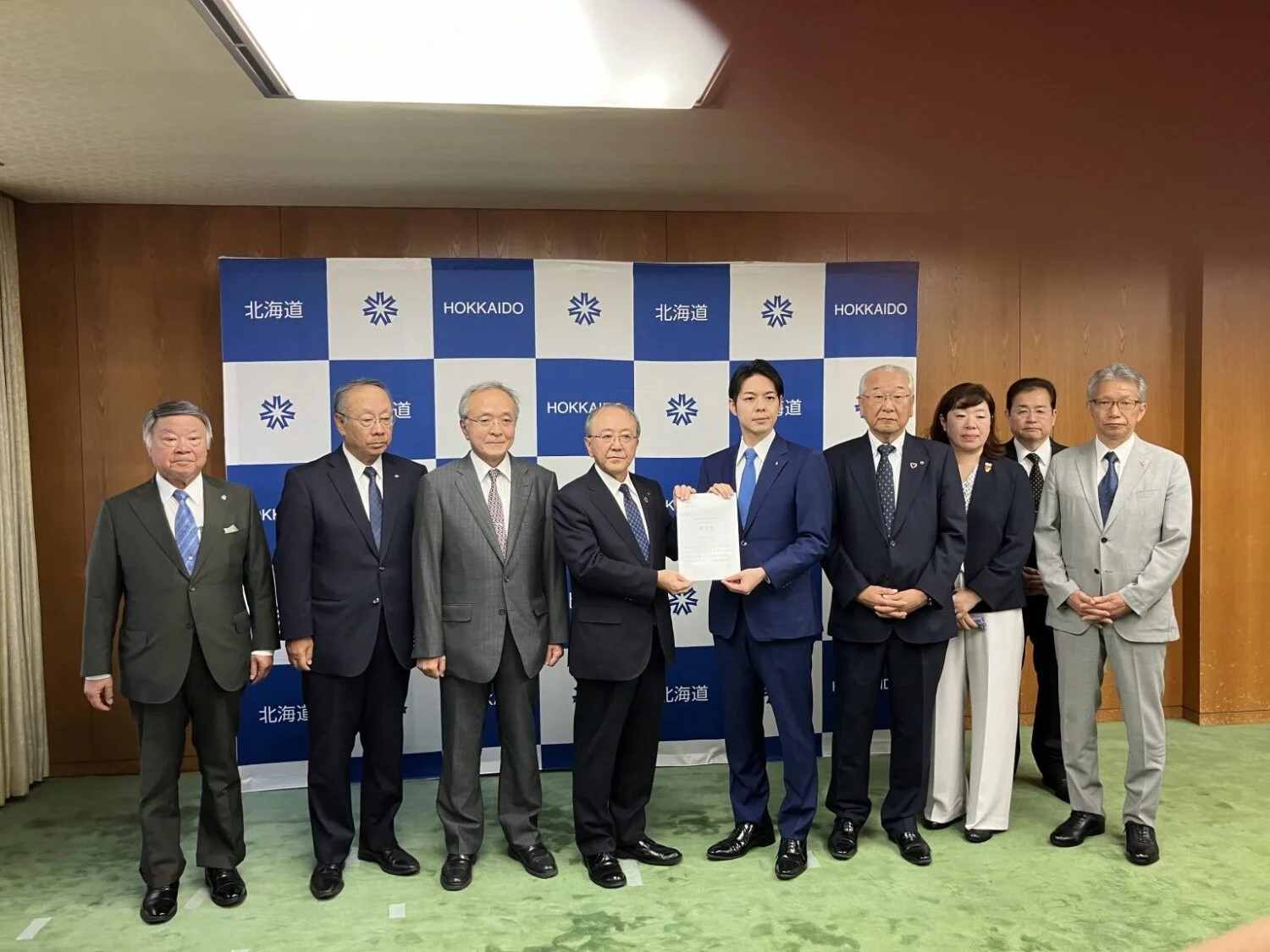Three years ago, in April 2021, the Nuclear Regulation Authority of Japan (NRA) had issued TEPCO a remedial action order—prohibiting the transfer of specified nuclear fuel materials at the Kashiwazaki Kariwa site—owing to what it deemed the inadequate physical protection of the nuclear materials there, but the order was lifted in December 2023 after a hiatus of two years and nine months.
In December 2017, TEPCO received permission from the NRA to make changes to the reactor installation of Unit 7 as part of its complying with new regulatory standards. On March 28, 2024, it filed an application with the NRA to change the schedule for pre-use inspections for Unit 7, an application for which had been previously filed.
On April 15, TEPCO received approval for the test use of safety equipment toward confirmation of its soundness prior to starting the reactor, including pre-use tests by the operator. It then began fuel loading at Unit 7 accordingly. The power company said, “We will complete and resolve each step, one by one, and stop and implement measures as necessary if problems occur while carrying out the work.”
On April 16, at a press conference after a Cabinet meeting, SAITO Ken, head of the Ministry of Economy, Trade and Industry (METI), referred to the start of fuel loading at Kashiwazaki Kariwa-7 in his comment that it was more of a “process to confirm the soundness of equipment” rather than a restart of the reactor itself.
As for TEPCO’s response, he said the government wanted the power company “to give thorough explanations to the public, both regionally and nationally, and to carry out procedures in a self-disciplined manner, putting top priority on safety.”
On April 17, a circuit breaker for a drive motor for one of the control rods had been tripped, halting the work temporarily. At a regular press conference, NRA Chairman YAMANAKA Shinsuke said that “mechanical and procedural matters are to be expected,” inasmuch as it was the first fuel loading there in 13 years, referring to the possibility of minor hardware or software problems. He said that the NRA would continue to “look fairly at the contents of the inspections.”
Operation of the Kashiwazaki Kariwa-7 NPP had originally been suspended in the wake of the nearby M-6.6 earthquake (known officially as the Niigata Chuetsu Offshore Earthquake) that struck on July 16, 2007. After the soundness of the facility was confirmed and local understanding was obtained, operation resumed temporarily starting in May 2009, but the reactor returned to a state of suspension in August 2011 following the massive M-9.1 earthquake (known officially as the Great East Japan Earthquake) that had occurred on March 11 of the same year.



-049.jpg)
.jpg)







